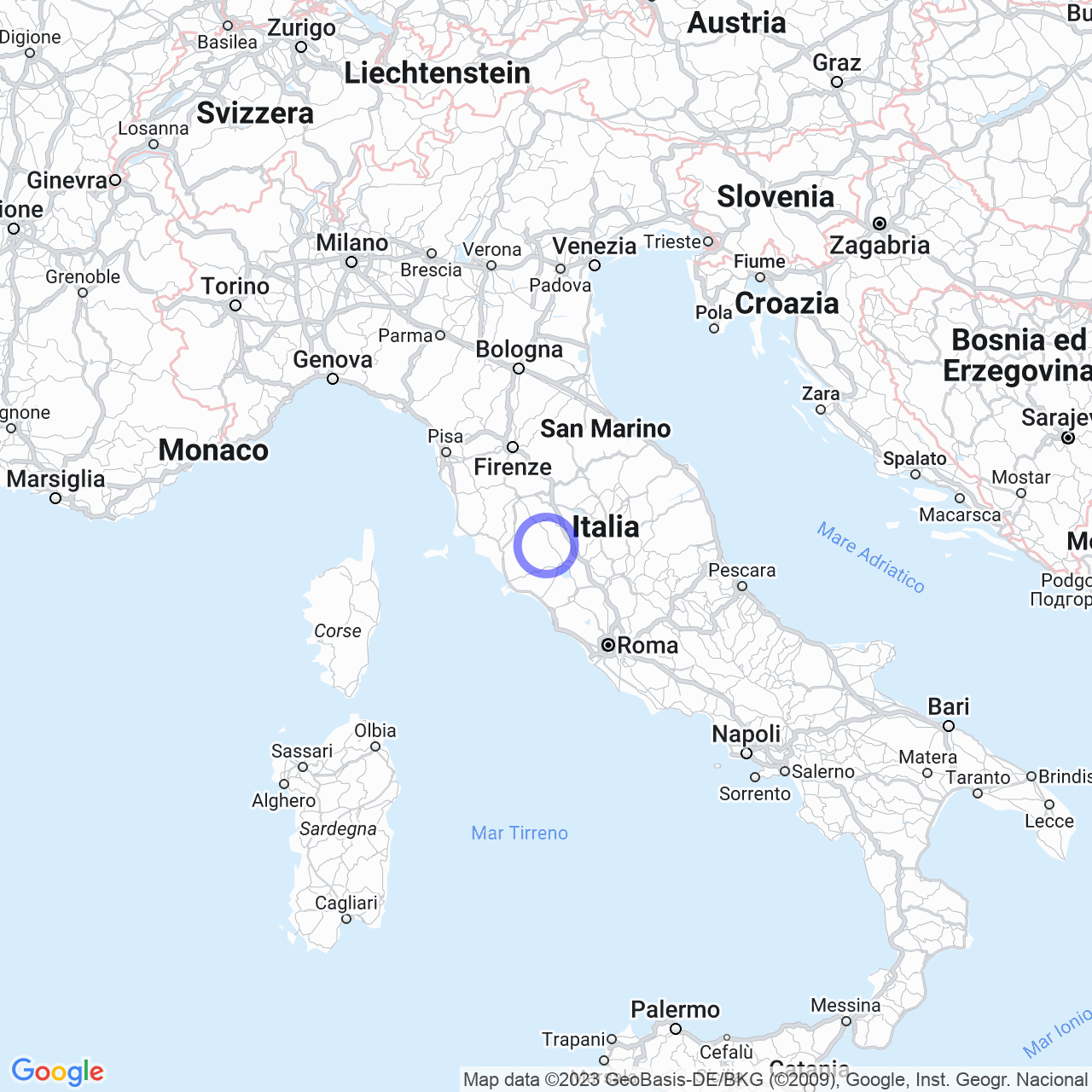Piancastagnaio
Discovering Piancastagnaio: a small Tuscan town full of history, architecture and nature
If you are looking for an authentic place, rich in history and with a simple yet charming character, we recommend visiting Piancastagnaio, a small Tuscan town with a population of around 4,000 inhabitants. Piancastagnaio is located in the province of Siena, at the southernmost end of the area, and is famous for its artistic and cultural heritage. In this article, we will explore together the highlights of Piancastagnaio's history, architecture and nature.
Physical geography
To begin with, let's take a look at the geographical features of Piancastagnaio. The area belongs to seismic zone two, marked by medium-high seismicity. The climate is zone E according to the climatic classification, with 2629 GR/G. Additionally, the atmospheric diffusivity is defined as high, as established by the Ibimet CNR 2002 study.

History
The history of Piancastagnaio dates back to the eighth century, when the area was still part of the lands of the Abbey of San Salvatore, from which the nearby town of Abbadia San Salvatore takes its name. In the twelfth century, Piancastagnaio was already a small fortified town that enclosed the historic center. In the following century, with the economic development and the birth of the Municipality, the settlement expanded far beyond these walls.
Piancastagnaio was acquired as a fiefdom by the Aldobrandeschi counts of Sovana, threatened by Siena and Orvieto, in the second half of the thirteenth century. After the extinction of the Aldobrandeschi in 1284, Siena and Orvieto again contested the area. Orvieto prevailed in the first half of the fourteenth century, then Siena, threatened by the Orsini of Pitigliano. In 1440, Piancastagnaio ended up becoming part of the Republic of Siena, which sent a podestà.
The municipality had formed in the thirteenth century, as an expression of the community of interests between artisans, farmers, and livestock breeders. The high standing value of the tall spruce forests, demanded for naval trees and for construction use, contributed to the area's importance. too weak to aim for real political independence, the municipality constantly sought protection that would defend them militarily in exchange for tribute and the use of the Rock, but respected their administrative and economic autonomy.
Piancastagnaio remained loyal to Siena until it was overwhelmed by Florence, and in 1601 the Grand Duke of Tuscany granted Piancastagnaio as a fief to the Marquess Giovanni Battista Bourbon del Monte. With him and his successors, the Marquisate of Piancastagnaio had its territorial borders defined as it still is today. The Marquess granted funds for the repair of the Church of the Madonna di San Pietro and the San Bartolomeo monastery, had a hundred fruit chestnut trees planted, and built his grand ducal palace crowned with magnificent gardens. The feudal dominion ceased in 1777.
Monuments and places of interest
Piancastagnaio boasts numerous monuments and places of interest, both religious and civil. Among the religious buildings, you can admire the Church of the Madonna delle Grazie, the Church of San Filippo Neri, the Church of San Francesco, the Pieve of Santa Maria Assunta, the Sanctuary of the Madonna di San Pietro, the Church of the Sacred Heart of Jesus in Casa del Corto, the Church of Santa Maria delle Grazie in Saragiolo, and the Church of the Crucifix in Tre Case.
Among the civil buildings, the Palazzo Bourbon Del Monte stands out, as well as the Aldobrandesca Fortress, the Municipal Cinema Theater, the Monument to the partisans Florindo Guerrini and Libero Stolzi, and the Monument to the Miner. Additionally, there are also the Witches' Plate, the Holy Staircase, and the Public Washhouse. Furthermore, Piancastagnaio boasts numerous natural areas, such as the Leccio di San Francesco, the Siele Mines, and the Pigelleto Nature Reserve.
Society
As for demographic data, the population of Piancastagnaio is around 4,000 inhabitants, and according to ISTAT data from 2010, the resident foreign population is 234 people.
Conclusions
Piancastagnaio is an authentic Tuscan town, rich in history, architecture, and nature. Its position in seismic zone two gives it a unique character that makes it even more fascinating. Its numerous churches, monuments, and places of interest represent the cultural heritage of a town that, despite its small size, has been a protagonist in several historical events. If you are planning a visit to Tuscany, don't forget to include Piancastagnaio in your itinerary. We are sure that the experience will be unforgettable.
